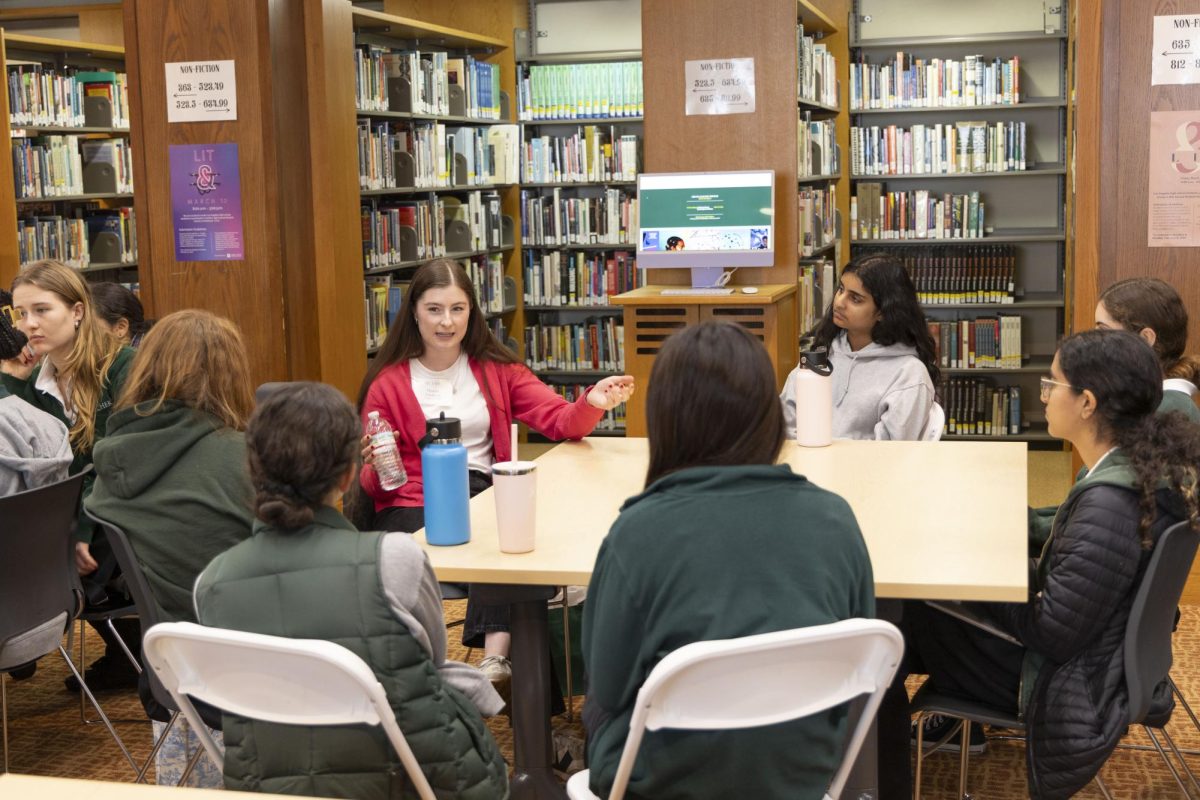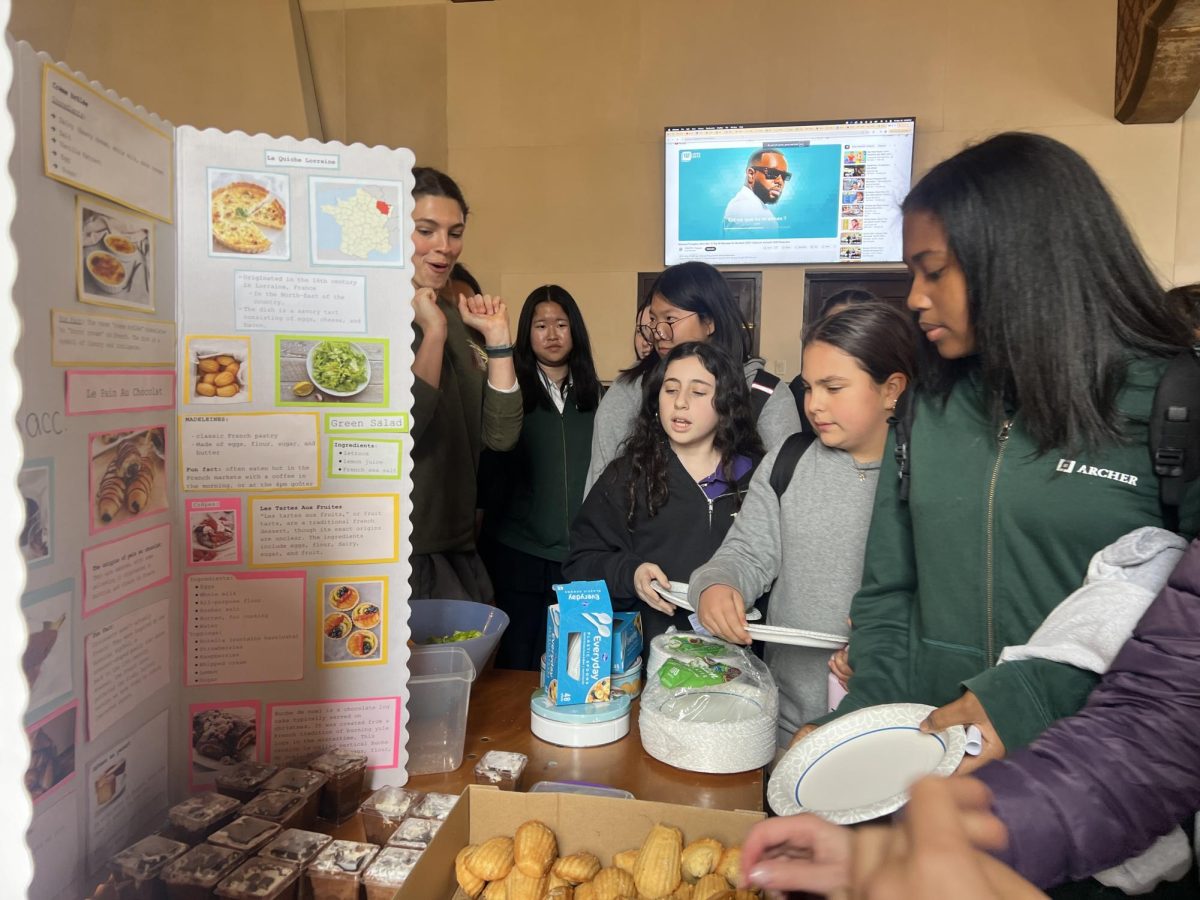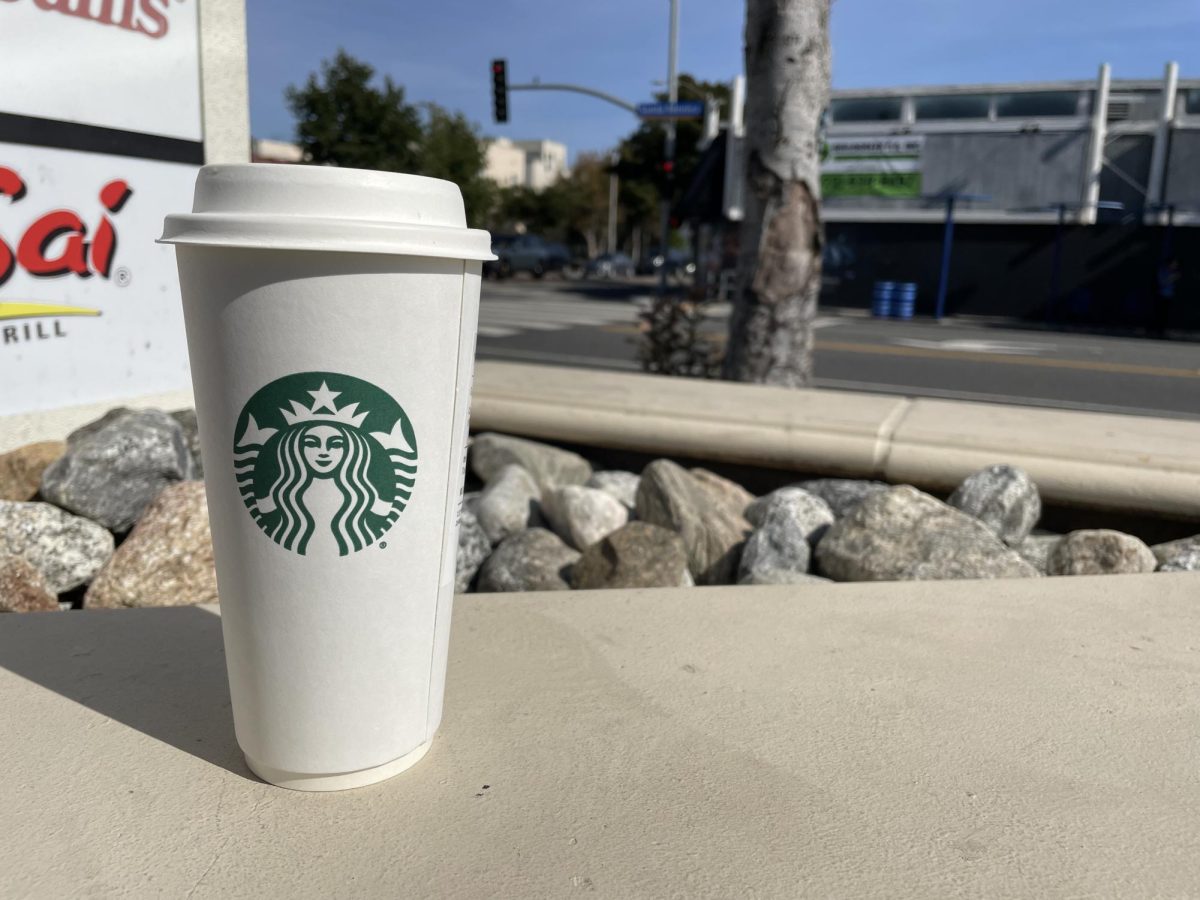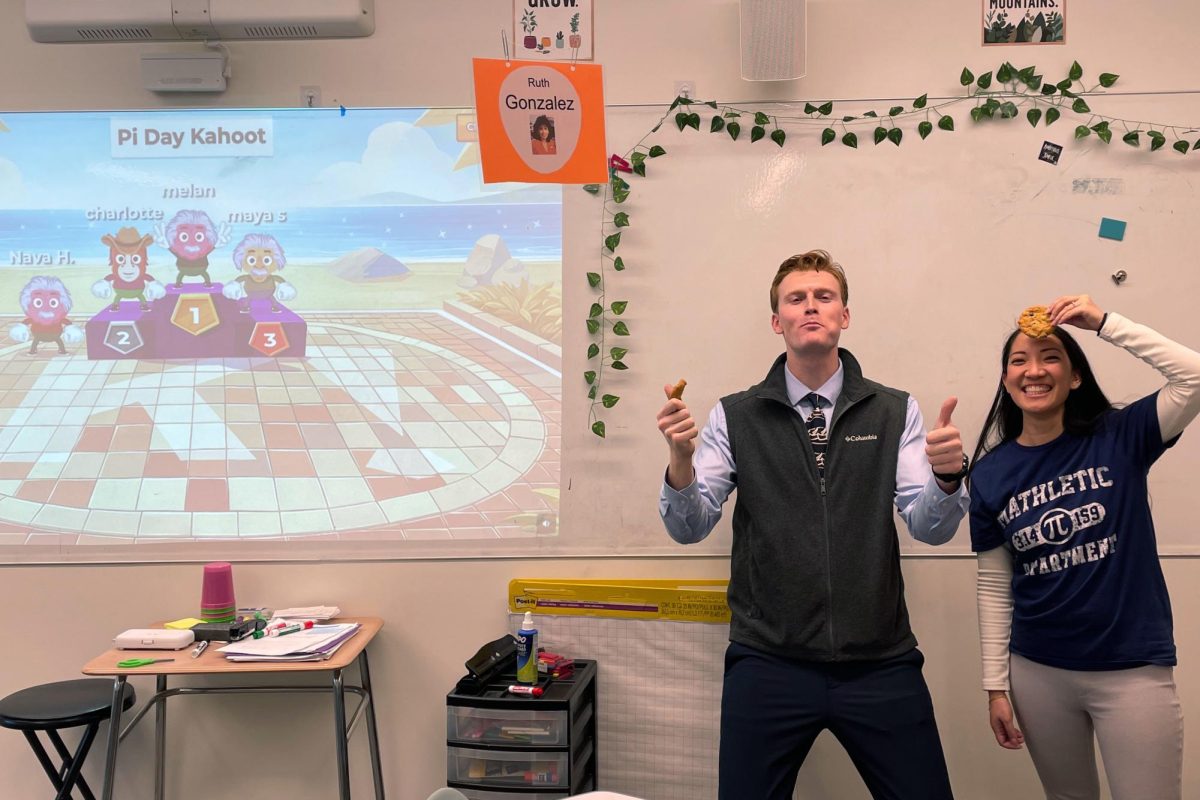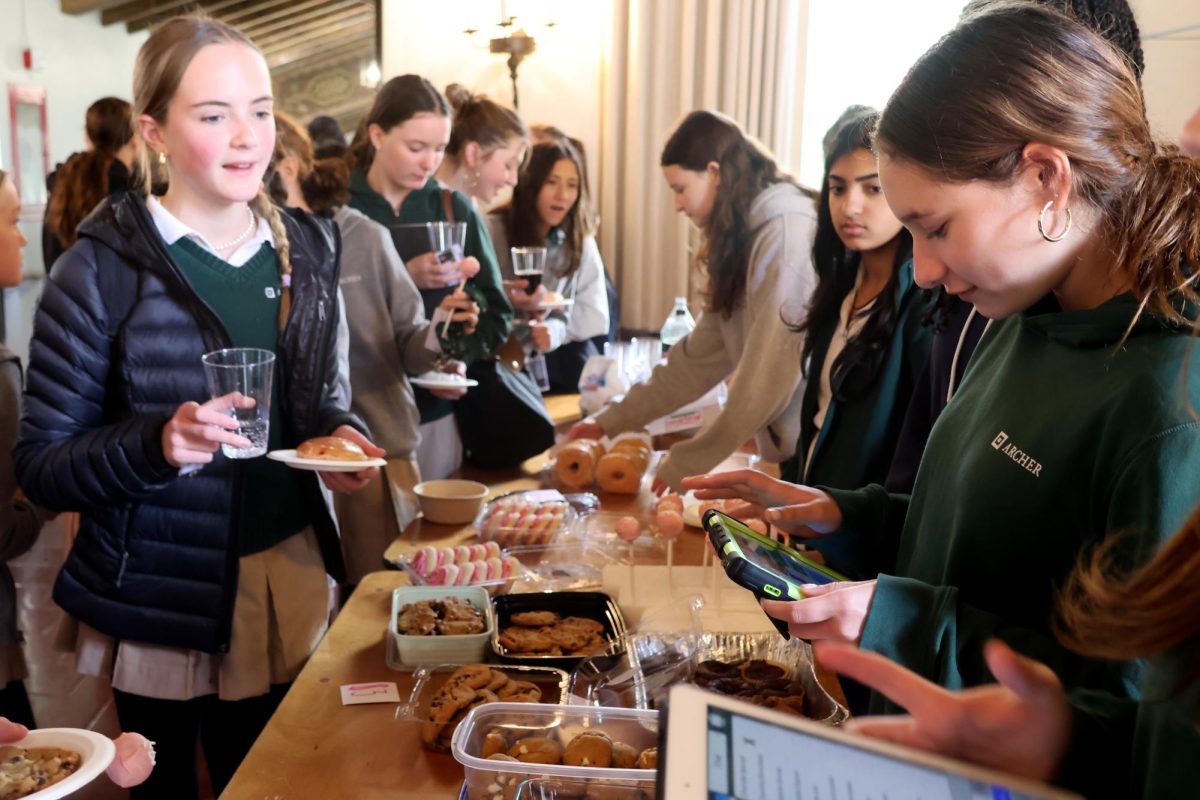Editor’s note: The interview with Albeiro Mendua was conducted via email and translated from Spanish by sophomore Katia Thomas.
While many have likely heard about Columbus Day in a history class or seen it on their calendars, the majority of Americans have not heard about Indigenous Peoples’ Day. In fact, nearly 55% of Americans are completely unfamiliar with it.
In October 2021, President Joe Biden issued “A Proclamation on Indigenous Peoples’ Day.” He acknowledged the generational harm the United States has caused Native communities throughout history; more specifically, he addressed the violence colonizers inflicted on the Indigenous populations who had been living in America for up to 30,000 years upon the colonists arrival. Biden wrote about the contributions and stories of Indigenous communities as being “integral to our Nation, our culture and our society.”
Biden’s proclamation marked the first time a US President made a federal statement in effort to refocus Columbus Day to Indigenous Peoples’ Day. However, the fight for recognition began in the late 1900s. In 1977, Indigenous delegates led a United Nations conference to recognize an International Day of Solidarity with Indigenous people in the US.
Although many states have chosen to celebrate one over the other, to date, both Columbus Day and Indigenous Peoples’ Day are celebrated the second Monday of October. Indigenous Peoples’ Day is not an official federal holiday.
With 574 federally recognized Indigenous communities and approximately 175 Indigenous languages, Indigenous people make up about 2% of the US population. This year, Columbus Day and Indigenous Peoples’ Day took place Oct. 14. To allow students and faculty to observe these holidays, Archer did not have school.
Indigenous Communities Outside the United States
The United Nations approximates that there are over 370 million Indigenous people around the globe, living in more than 90 countries.
Sophomore Katia Thomas works with an Indigenous group in the Amazon rainforest called the Cofán to assist them with restoring their Indigenous land. The Cofán’s goal is to reclaim part of the Amazon rainforest in Ecuador to protect the community from fracking and deforestation. Thomas said it is crucial to honor and recognize the stories of Indigenous communities.

“Honoring their stories is really essential to honoring their rich cultural heritage and their contributions to society, because they challenge the dominant narratives that we have about their history,” Thomas said. “I think that recognizing their stories is a crucial part of broadening our worldview.”
According to the UN, Indigenous people are remarkable first responders and problem-solvers. When thinking about her interactions with the Cofán community, Thomas said she observed their immense resilience.
“They’re such a resilient community. There is so much harm being done in their area, and they still come together as a community to try and fight back and protect their land,” Thomas said. “A couple months ago, I had a Zoom call with them, and they were celebrating because we had reached a small milestone in protecting their land. It was just incredible to see how united they are. I would say they’re way more connected than we are as a community, in Los Angeles. … It’s really beautiful.”
Albeiro Mendua is a chief of the Cofán community, meaning he is one their primary leaders. Mendua described what he appreciates about his community, especially concerning environmentalism.
“What I value most about my indigenous heritage is the deep respect for nature and the vision of community that my culture promotes. In our worldview, the earth is not just a resource to be exploited, but a living being with whom we have a reciprocal relationship,” Mendua wrote in an email. “We appreciate biodiversity, understand the cycles of nature and seek to preserve resources for future generations, something the modern world needs to learn.”
Mendua also noted the importance of collective well-being and said the there is deep respect among all community members.
“My hope for the future of my indigenous group is that we can continue to rebuild our cultural identities, revitalize our languages and traditions and ensure access to our ancestral territories,” Mendua wrote. “We have often been stripped of these resources, and the loss of land also means the loss of our ways of life. I am confident that future generations will have the tools and knowledge to continue fighting for our rights, while finding innovative ways to balance our traditions with the challenges of the modern world.”
Indigenous Members of the Archer Community
Through a DNA test in 2023, junior Chloe Kirk discovered that she and her family are related to the Indigenous tribe Squaxin Island Tribe, which is located in Mason County, Washington. After their discovery, they applied to become a part of the tribe and are now considered official members. Kirk said she thinks educating society about marginalized groups is crucial in acknowledging Indigenous groups.

She said her family talked with many Squaxin Island Tribe community leaders and described their generosity.
“The reservation they live on is basically a large sector of houses where people who are members of the tribe can apply to live on if they are below or near the poverty line,” Kirk said. “It’s been really eye-opening. The whole motto of the tribe is to love the land that you live on and to spread generosity of your land.”
Sophomore Maya Hernández is another Archer student with Indigenous heritage. Her family is Aztec and Mayan, which are Mesoamerican Indigenous groups from Chihuahua, Mexico. Hernández emphasized the importance of recognizing Indigenous Peoples’ Day to acknowledge the genocide and resistance of Indigenous people, and their significant contributions in environmentalism.
“Indigenous groups have been practicing [environmentalism and sustainability] for hundreds of years before they became more westernized,” Hernández said. “Understanding and observing their resistance and contributions to society is really important and also helps to bring awareness to many issues that are particularly affecting people, such as poor housing, addiction problems [and] poor healthcare.”
Education on Indigenous Communities and Hope for the Future
Spanish teacher Annie Santana-Grush teaches Spanish 4 and Spanish 4 Accelerated. Santana incorporates Indigenous history into the curriculum. In the first semester, the class learns about Mayan communities and Indigenous groups, while the second semester covers the influence of African communities in Spanish-speaking countries.
“I think Indigenous day is important all over the world because of our history of the Indigenous in many countries lacking representation, lacking human rights [and] lacking the right to live their life the way they traditionally have,” Santana said. “It’s important that the indigenous communities be at the forefront of [the holiday] instead of one person. … Let’s highlight these groups that were affected dramatically in devastating ways.”
Santana said it is essential to learn about Indigenous groups to learn from their ways of life.
“We still have a lot to learn from these groups. Sustainability is just one example,” Santana said. “We’re still kind of getting in touch with all of that knowledge that that one can learn from these groups. It’s not about helping. It’s not about saving, it’s about learning from them.”
Registered nurse Debbie Balster works at Nakamura Kenneth DDS, a dentist office in Los Angeles. Balster has Indigenous heritage from the Chemehuevi and Indian Mission Indigenous groups.
“A fun way for people to expose themselves to more Native American cultures all over California [are] powwows, a Native American cultural celebration,” Balster said. “If you look it up on Google, you know, powwows in California, you’ll get a whole list of where they help hold them and when. It’s a very nice experience, especially for non natives, to go and experience the culture of Indigenous peoples and their spirituality — and anybody can go.”
Thomas said there are many ways for Archer students to observe Indigenous Peoples’ Day. She said following Indigenous creators on social media, reading books by Indigenous authors and supporting Indigenous-owned businesses are all accessible ways to educate oneself and observe Indigenous Peoples’ Day.
“I think honoring this day,” Thomas said, “and turning it into Indigenous peoples day, [is] just a necessary step in honoring [Indigenous peoples’] history and their community and making sure that we are healing our society and healing the wounds caused by colonization in general so that we see a more equitable future and society.”
Correction: Correction Statement (October 18, 2024, 5:54 p.m.): A previous version of this article stated that Spanish 4 and 4 Accelerated students learn about the influence of Indigenous communities on Africa, Latin America and Spain during the second semester. The article has been revised to reflect that Spanish 4 and 4 Accelerated students study the influence of African communities in Spanish-speaking countries during their second semester.




